http://gulfseafoodnews.com/2014/07/02/louisiana-oysters-may-no-longer-be-gulf-oysters/ (see video)
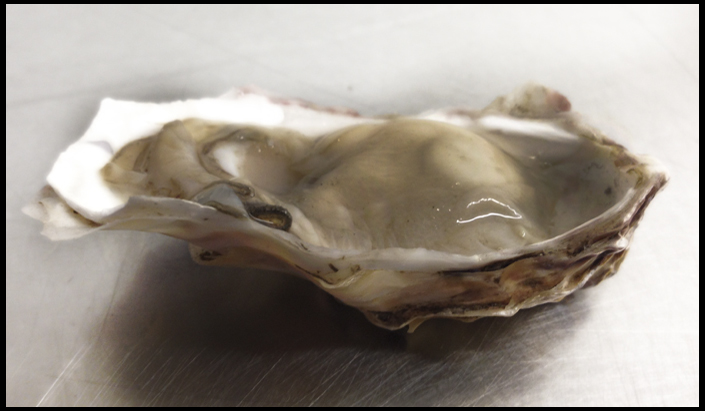
For the first time in its more than 130-year Louisiana history, the oldest oyster dealer in the U.S. is thinking the unthinkable – importing foreign oysters like this one from the Pacific. Photo: P&J Oyster
by Ed Lallo/Gulf Seafood News Editor
For the first time in its more than 130-year Louisiana history, the oldest oyster dealer in the U.S. is thinking the unthinkable – importing foreign oysters to meet the demand of New Orleans residents and visitors alike.
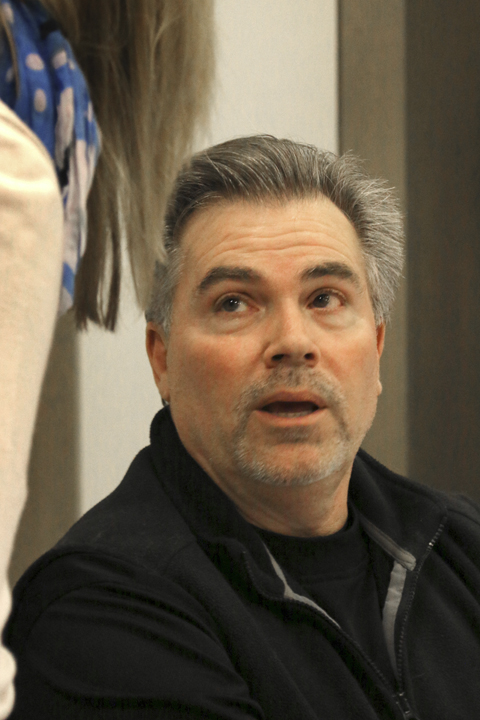
“Louisiana’s most prolific public oyster beds in the Pontchartrain basin has been almost completely non-productive since the Deepwater Horizon oil spill disaster,” explained Al Sunseri. Photo: Ed Lallo/Newsroom Ink
Al Sunseri, co-owner of the French Quarter’s P&J Oyster Company and a member of the Gulf Oyster Industry Council and the Louisiana Oyster Task Force, has already resorted to importing oysters from neighboring Gulf States, as well as the East Coast, to subsidize demand for the tasty mollusk.
“Louisiana’s most prolific public oyster beds in the Pontchartrain basin has been almost completely non-productive since the Deepwater Horizon oil spill disaster,” explained Sunseri, taking a break from unloading 100 pound oyster sacks. “To put it plainly, for the first time in my 35 year career there aren’t going to be enough oysters to go around by the end of summer. By early fall only shell oysters will be available with very few, if any, fresh shucked Gulf oysters.”
The decline of oyster production has been Gulf wide since the spill, but in Louisiana where 50% of the Gulf production has always been harvested, oysters in the public growing areas in the Pontchartrain Basin east of the Mississippi River have been absent.
Public oyster Areas One through Seven historically has produced more than 40% of Louisiana’s harvest, and almost 100% of seed oyster placed on private farms. “This year there has been hardly anything harvested there, not even one percent of years past, and no seed oysters at all,” said Sunseri.
The amount of oysters that have set on oyster reefs naturally following their spawning season and then making it to market size has been extremely limited. Since the spill more than $15 million was spent on the unsuccessful restoration of state public oyster grounds.
Oyster Beds Dead
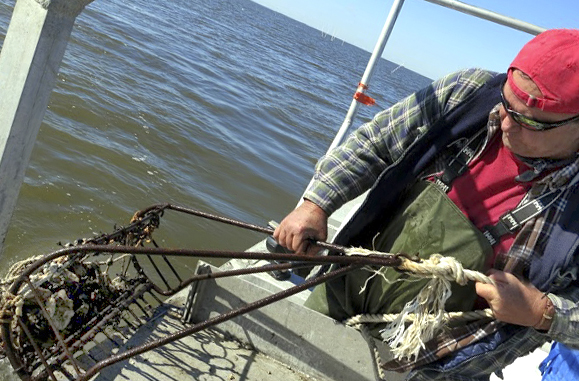
Through enormous investments in new reef plantings by oyster leaseholders, some private farmers have succeeded in bringing their oysters to market size, but the public areas still remains unproductive. Photo: P&J Oyster
In August of 2012, the Louisiana Department of Wildlife and Fisheries estimated the harvest in Area One would bring more than 200,000 sacks of oysters to market, with an additional 200,000 sacks of seed oysters. When the area was opened in September, there was nothing there.
Through enormous investments in new reef plantings by oyster leaseholders, some private farmers have succeeded in bringing their oysters to market size, but the public areas still remains unproductive.
In an effort to keep some oysters in the marketplace and his century old family business still in business, the New Orleans native has enlisted a certified international seafood importer to provide oysters from a variety of countries to sample.
“For the first time in our long history we are thinking the unthinkable. We are looking at importing oysters from outside the country from a certified dealer,” said the provider of oysters to many New Orleans famed restaurants and chefs. “I am not going to go into detail on what countries we are looking at importing from, but there are only a handful of dealers licensed to import raw shellfish into this country.”
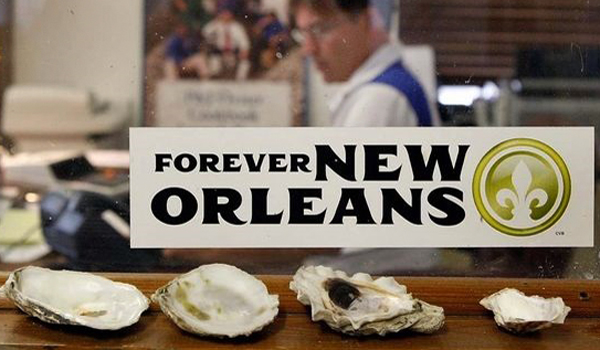
Like the empty oyster shells in Sal Suneri’s P&J office, by early fall customers will be able to find fewer and fewer of the Gulf mollusks. Photo: P&J Oyster
“I have gotten a few samples in and am personally running comparison tests to Gulf oysters,” he said. “We’re running side by side tests on fried oysters as well as using them in baked oyster dishes.” said Sunseri who is using friends and neighbors as guinea pigs. He is also providing the samples of the international oysters to local chefs for their feedback.
“I brought comparison baked Italian Oyster Mosca dishes to friends at a dinner party, and they were surprisingly okay with them, “he said. “They could tell there was a little difference, but they definitely liked the oysters.”
New Orleans chefs provided with the international oysters have also expressed interest in using the foreign mollusks as a substitute if local ones are not available. According to Sunseri, who has never been afraid of telling customers where his oysters originate, he believes they will make the right decision on whether to use them or not.
Industry Facing Crisis
Currently Gulf oysters are facing a crisis. He says that mislabeling and short-weight shucked and half-shell oysters are rampant. Because of the short supply of Louisiana and Gulf oysters, oyster shucking and processing houses will become so unprofitable that many will fall by the wayside and become extinct.
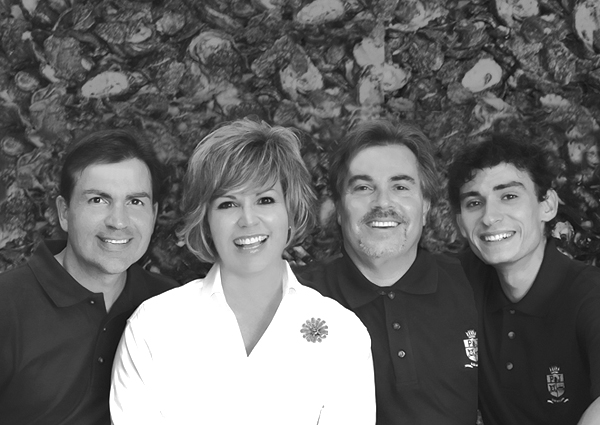
The Sunseri siblings (l-r), Sal, Merri, Al and his son Blake, have struggled to keep P&J Oyster profitable during the past few challenging years. Photo: P&J Oyster
Sunseri says industry regulators have turned a blind eye to the mislabeling and the short-weight issue. Currently a large majority of oysters sold in the marketplace are being fraudulently labeled and packed, making it very difficult to compete on a level playing field.
“We’re lucky that we are still open, but the only reason that we are is because my brother and I have used our personal savings to keep the doors open. We don’t spend a lot, nor do we have a lot of debt. We only buy what we can afford, and our fishermen get paid immediately,” he said. “The problems for Gulf oysters have already begun. Mislabeling oysters by the gallon is commonplace. Go buy a gallon of oysters from anywhere and see how many oysters are actually in that gallon, and how much is water. At P&J if we don’t’ have first class oysters, we just won’t sell them.”
Special thanks to Ed Lallo





